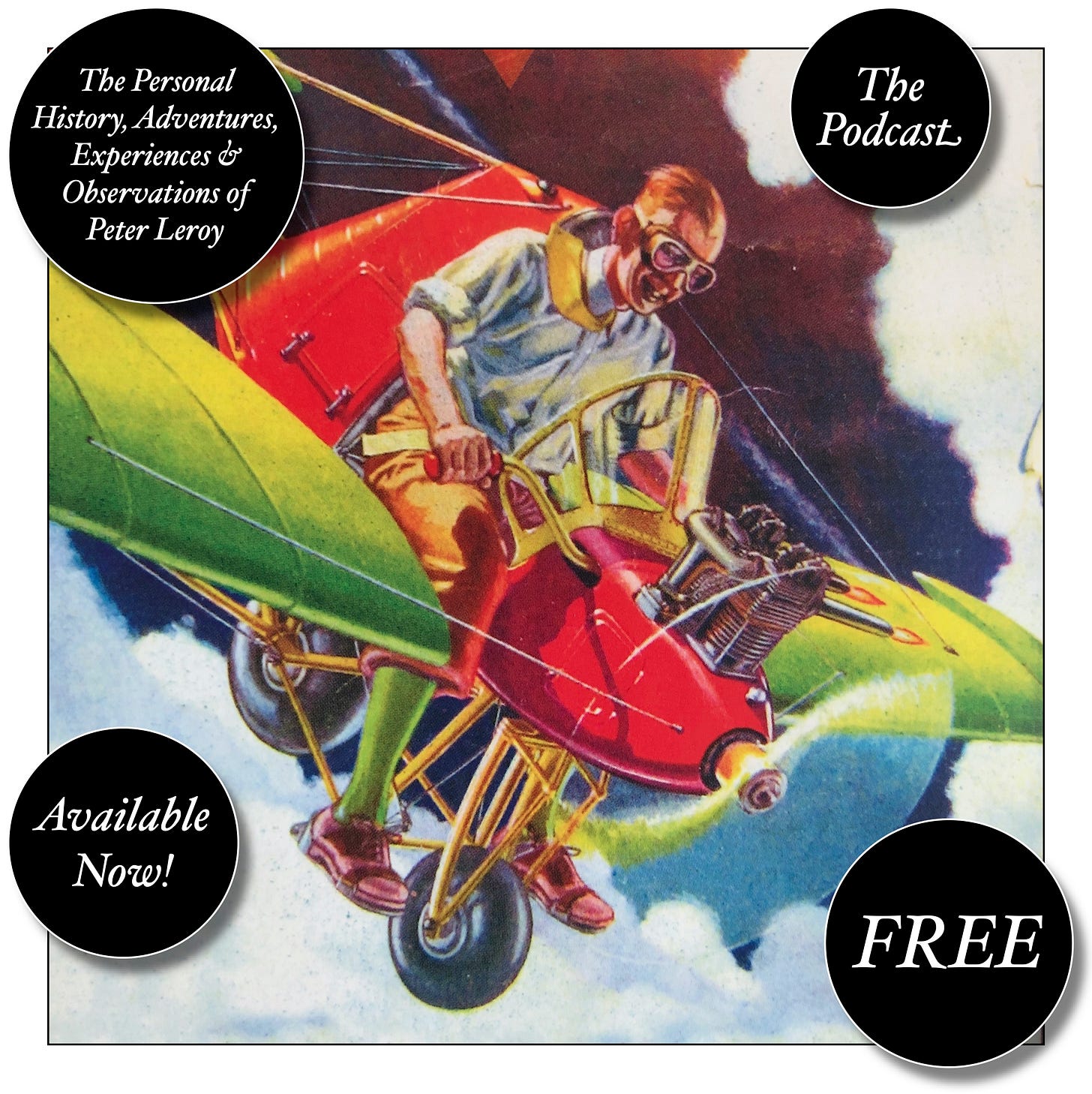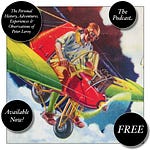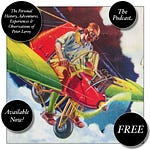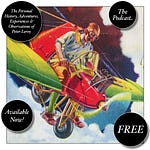Dedication
For Bill ’n’ Edna
Epigraphs
The idea that one has long held of a person is apt to stop one’s eyes and ears; my mother, for three whole years, had no more noticed the salve with which one of her nieces used to paint her lips than if it had wholly and invisibly dissolved in some clear liquid; until one day a streak too much, or possibly something else, brought about the phenomenon known as supersaturation; all the paint that hitherto passed unperceived was now crystallized, and my mother, in the face of this sudden riot of colour, declared, in the best Combray manner, that it was a perfect scandal.
Marcel Proust, Remembrance of Things Past, “Within a Budding Grove,” (translated by C. K. Scott Moncrieff)
One never knows, do one?
Fats Waller
Venn diagrams, named for the English logician John Venn, who devised them in 1880, depict graphically the relationships defined by logical statements about classes of things and, in the words with which the great Polish-American metamathematician Alfred Tarski began his discussion of operations on classes in his Introduction to Logic and to the Methodology of the Deductive Sciences, “certain operations which, if performed on given classes, yield new classes.” Over the years, it has occurred to me that a similar kind of diagram, the Dorset Diagram if I may be permitted to call it that, can be used to depict the relationships that certain operations establish between people; specifically, the Venn diagram that depicts the product of the multiplication (in the logical sense) of two classes can be used to depict the product of that complex operation (or, to be more accurate, set of operations) that we call love, operations that join two people, bind them, link them. The linking image is particularly nice, I think, because the diagram resembles two linked rings. . . .
Over the years some lovers’ circles become so overlapped that only the thinnest crescents of lunes remain at the outer edges . . . they fill the lens of love so full, . . . become so completely a couple that they belong together in that strong way we acknowledge in things by joining them in speech with ’n’ instead of and, as if the attraction between the things joined was so strong, so magnetic, that they had rushed together, crushing their conjunction between them, collapsing it at both ends: flotsam ’n’ jetsam, Scotch ’n’ soda, ham ’n’ swiss, ham ’n’ eggs, macaroni ’n’ cheese, thunder ’n’ lightning, cares ’n’ woes, death ’n’ taxes, life ’n’ times, time ’n’ tide, stuff ’n’ nonsense, rock ’n’ roll, Laurel ’n’ Hardy, Mutt ’n’ Jeff, mom ’n’ pop, Herb ’n’ Lorna.Mark Dorset, “The Dorset Diagram and How to Use It” (reprinted in Sociology Made Visible)
Have you missed an episode or two or several?
You can begin reading at the beginning or you can catch up by visiting the archive or consulting the index to the Topical Guide.
You can listen to the episodes on the Personal History podcast. Begin at the beginning or scroll through the episodes to find what you’ve missed.
You can ensure that you never miss a future issue by getting a free subscription. (You can help support the work by choosing a paid subscription instead.)
At Apple Books you can download free eBooks of “My Mother Takes a Tumble,” “Do Clams Bite?,” “Life on the Bolotomy,” “The Static of the Spheres,” “The Fox and the Clam,” “The Girl with the White Fur Muff,” “Take the Long Way Home,” “Call Me Larry,” and “The Young Tars,” the nine novellas in Little Follies, and Little Follies itself, which will give you all the novellas in one handy package.
You’ll find an overview of the entire work in An Introduction to The Personal History, Adventures, Experiences & Observations of Peter Leroy. It’s a pdf document.














Share this post